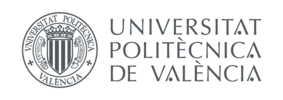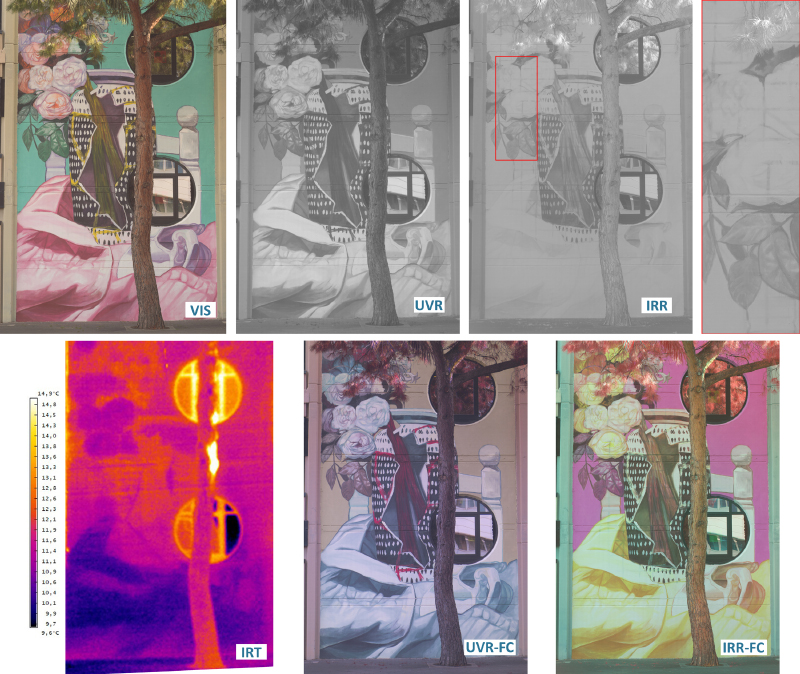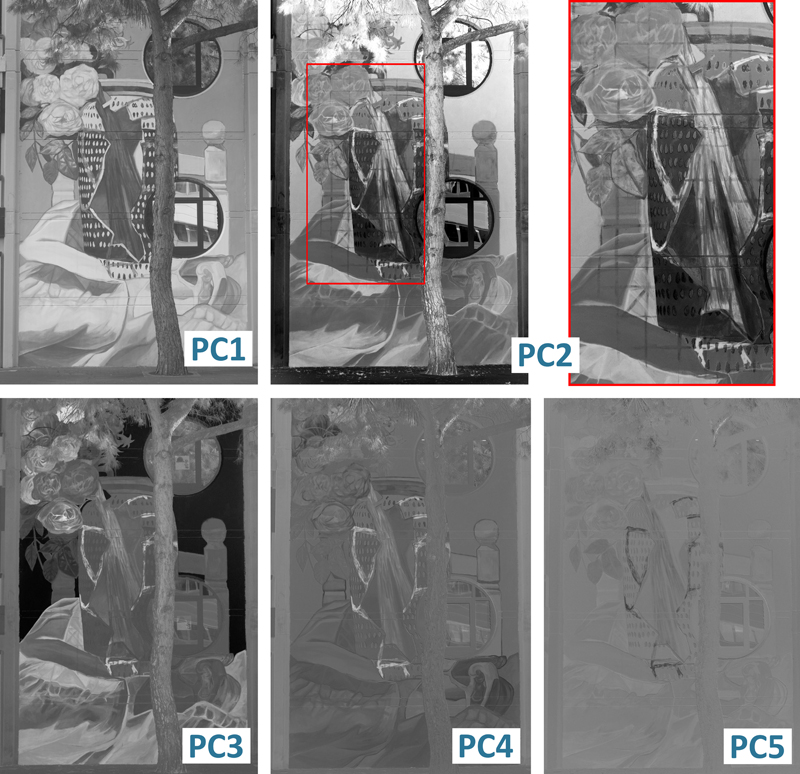REVIEW – REVealing hIddEn Wall paintings
This project has received funding from the European Union’s Horizon 2020 research and innovation programme under the Marie Sklodowska-Curie grant agreement No. 101032333.
  |
Art, recognition of art, taste, and traditions have changed many times over the last centuries due to cultural development, crisis, and damages. The indicated progress is easily recognisable by comparing significant periods like Romanesque, Gothic, Renaissance, Baroque, etc. These epochs developed their own traditions in architecture and painting using different techniques and materials, which caused substantial transformations of many buildings and objects. Areas were changed, extended or entirely rebuilt, but traces and fragments of the former periods were somehow kept, preserved or covered under a new shape.
For understanding the objects' history and decision-making in conservation, it is mandatory to investigate as much as possible the stratigraphy of these multi-layered cultural heritage objects. The polymorphic mix of many different materials and layers interact and affect each other intensely. This is where the REVIEW project is addressed, with a special focus on wall paintings. Within the MSCA fellowship, several non-destructive multispectral imaging techniques will be adopted and combined to detect covered wall paintings, hidden structures and unseen damages in Cultural Heritage. Therefore ultraviolet-visible-near-infrared (UV-VIS-NIR) imaging with active and passive thermography in the spectral ranges of long- and mid-wave infrared (LWIR and MWIR), plus 3D laser scanning and photogrammetry will be combined. In addition, statistical methods (e.g. Principal Component Analysis, PCA) for comparing and analysing the multiband data will be tested and implemented.

Compilation of different multispectral images of a graffiti by the artist JAZ. The graffiti was created during UPV's urban art festival POLINIZA DOS 2021. MSI showing visible reflected imaging (VIS), ultraviolet reflectography (UVR), infrared reflectography (IRR), infrared thermography (IRT), ultraviolet false colour (UVR-FC) and infrared false colour (IRR-FC). Covered patterns under the graffiti are noticeable in the IRR image (detail highlighted in red).

Statistical analysis of the MSI data through Principal Component Analysis (PCA) of five spectral bands: UVR, Blue, Green, Red and IRR. In Principal Component 2 (PC2) the entire dimension of the hidden structure is revealed and can be identified as a predrawn raster (detail highlighted in red).
The workflow will be tested and developed on laboratory test objects and real-world case studies, being Cultural Heritage sites in Valencia such as the Cathedral of Valencia, Basílica de la Virgen and/or Church of San Esteban and the Centro Arqueológico de l'Almoina. After successfully implementing the workflow on local case studies, it will be transferred to the UNESCO World Heritage Site (WHS) of Rangiri Dambulla Cave Temple in Sri Lanka. In Dambulla, the investigations will serve to reveal large areas of concealed wall paintings and to detect areas threatened by climate damages (high water intake). The results will help protect and conserve the WHS. At the end of the project, the innovative research approach of REVIEW will be ready to be transferred to many historical monuments and sites to help conservation users with easy-to-use, comprehensive and outstanding technological solutions for their examination, conservation and dissemination of existing and hidden wall paintings.
The technologies being used are UV-VIS-NIR imaging, active and passive infrared thermography in Mid- and Longwave Infrared (MWIR and LWIR) combined with 3D laser scanning and photogrammetry.
UV-VIS-NIR imaging is the initial basic imaging technique to get an overview and collect information about the status quo of the object's surface. Hereby, a modified digital camera with different filters sensible in the spectral ranges from ultraviolet over visible up to near-infrared light (365-1100 nm) combined with spectral radiation sources will help inspect the surface and reveal conservation measures and pentimenti in the visible painting.
Infrared thermography is used to investigate invisible structures. Hereby, LWIR thermography (approx. 7.000-14.000nm) will be used to identify hidden masonry, truss structures, occluded areas, wooden constructions as well as material changes. In addition, it is used to identify cracks and problems caused by moisture. LWIR thermography is used primarily as passive thermography without artificial excitation of the surfaces. Within the project, thermography will also be used in an active way, with a thermal stimulation of the surface to detect smaller features and details.
In addition, active MWIR thermography (approx. 3.000-5000nm) in lock-in and pulse-phase techniques will be used. The object will be excited thermally, and the material behaviour during the excitation and cooling is recorded and analysed. Due to the different thermal behaviour of pigments and materials, the technique allows tracing covered paintings hidden under the surface visible today.
All these imaging techniques work with different sensors, optics and image resolutions, making a cross-comparison of single details difficult. A combination of different recording positions and sensors using photogrammetry is planned to compensate for this problem and gain the possibility of inspecting more extensive areas. The main output will be a high-resolution multi-textured 3D model, including the results of the different imaging techniques. During the project, the workflow will be tested on various heritage sites in Valencia and Sri Lanka. The variety of heritage sites from different cultural periods and regions will guarantee to test the methods on a vast diversity of material mixes. Those will make it possible to transfer the workflow to many other historical monuments and sites after the project.
Going beyond state of the art
All of the techniques mentioned above are already used for cultural heritage analysis. UV-VIS-NIR imaging and passive LWIR thermography are well-implemented documentation techniques with vast fields of application. Whereas active thermography, especially in the spectral range of MWIR, is only hardly used yet. However, the status quo of using these techniques is mostly on single spots, recording positions, and using each technology as a stand-alone. The project goes beyond state of the art by combining different sensors and varying recording positions. Combining the imaging data recorded from different positions with photogrammetry will bring two main advantages. It will allow capturing and inspecting bigger areas or even the entire cultural heritage object as a whole, and it will help to compensate for the low sensor-resolution given, especially by infrared thermography. By overlaying the output of the different techniques as texture maps on one single 3D model, the workflow will allow a direct comparison of details and anomalies across all spectral bands captured. This will make it easier to locate, understand and analyse the interaction of different materials, layers and damage phenomena of the cultural heritage object. In addition, the correct subpixel superimposition of the various sensor data will allow using statistical methods, for example principal component analysis (PCA) and supervised classification as part of machine learning for comparing and analysing the multiband multispectral data.
In addition to the technical advantages carried out during the project, cultural heritage experts will be trained using the workflow. Training will be done in summer schools and workshops held on site in Valencia and Sri Lanka, open for local and international researchers.




